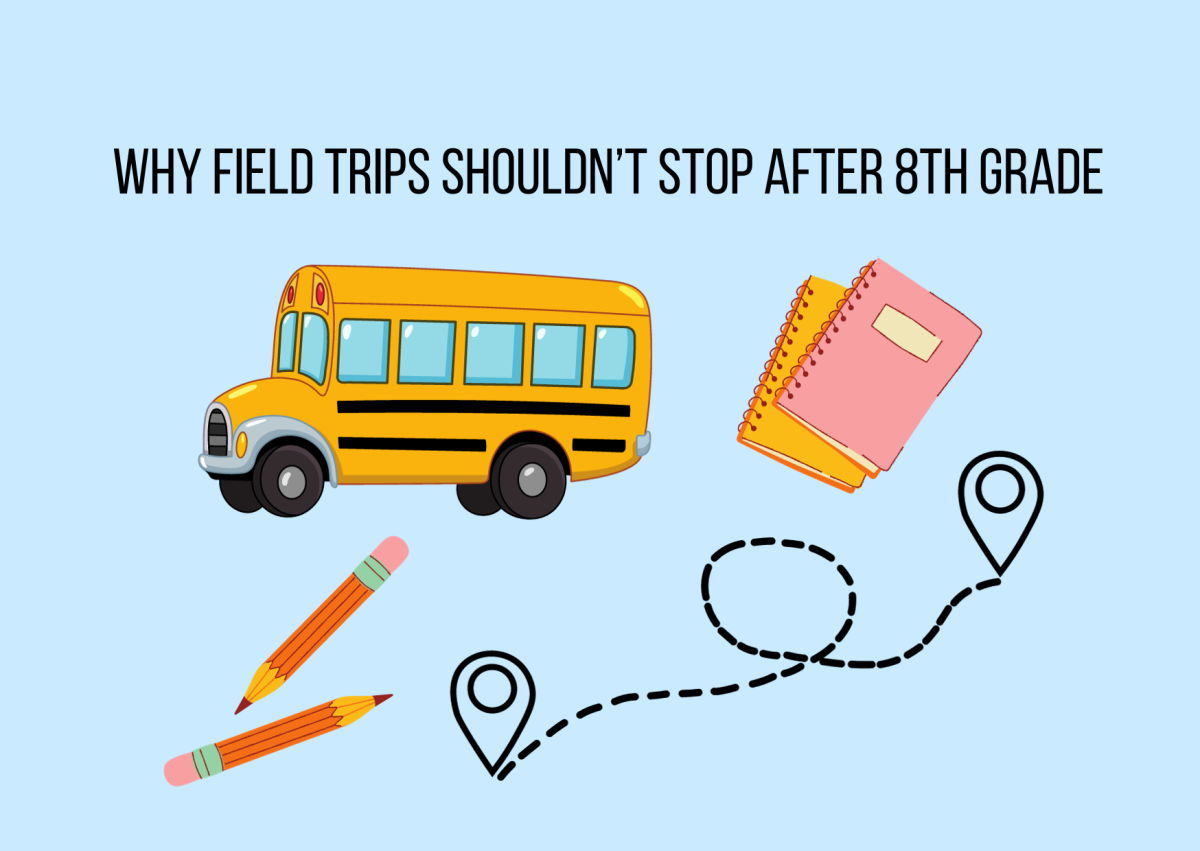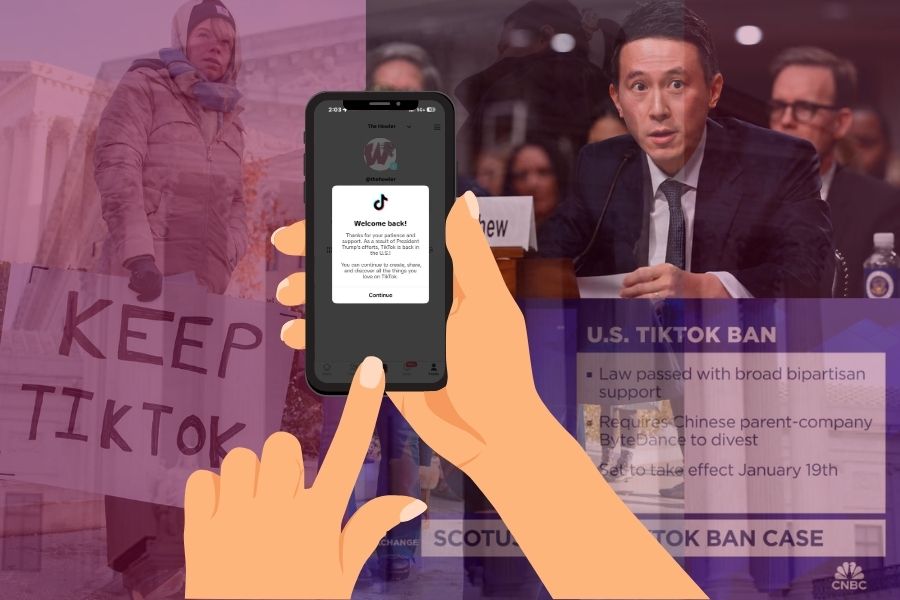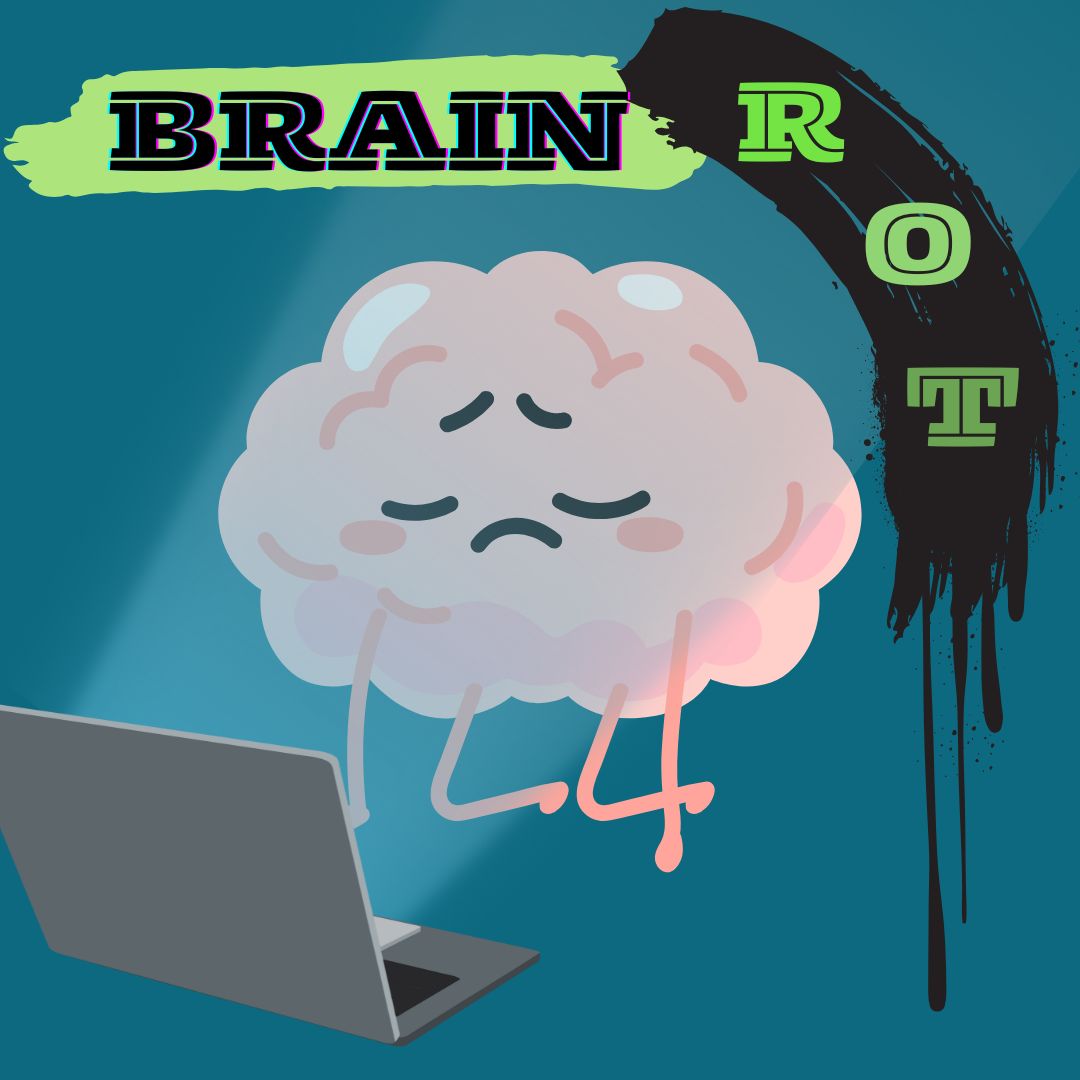As high schoolers prepare to step out into the adult world, many find it a daunting and intimidating new change. Navigating these pressures and uncertainties about the future can seem overwhelming for students, so any chance to slowly dip their toes in instead of diving in the deep end is a tremendous help. Field trips are extremely beneficial and almost necessary for getting teenagers out and allowing them to develop a proper understanding of the world around them. However, since the COVID-19 pandemic, the number of field trips offered to students has dwindled significantly. The resurgence of these educational school trips can have immeasurable benefits for all high school students.
Recently, I was offered the opportunity to take a field trip with my newspaper class to the University of North Carolina, Chapel Hill for the annual North Carolina Scholastic Media Association Journalism Day. As a junior in high school, it was an amazing opportunity to get to tour a college campus and talk to the current students and faculty there. I walked away with a better understanding of what college life looks like, and many valuable tools that will help me on my college journey in the future.
These benefits were invaluable to me, and to many of my peers as well. It reminded me that these experiences need to be offered more frequently to students of many different strengths and interests.
Field trips like this one offer real-world experiences to foster a more detailed perspective of the world around us. When an opportunity to step outside of an often mundane daily school schedule arises, students have the possibility to connect what they learn in the classroom to the ‘real world.’ They get to see firsthand the skills they are acquiring in their classes being used. Additionally, the exposure they receive allows them to explore new interests and potential career paths.
In a more academic setting, field trips have been shown to help test scores immensely. According to research from Brigham Young University, elementary school students who engaged in three different field-based learning trips for their classes significantly outperformed their peers who were not provided with these opportunities when it came to end-of-grade exams. Additionally, these students also saw benefits with decreased absences and fewer behavioral infractions. These changes stayed with them as they entered middle school, and only strengthened over time. These benefits are exemplary, helping students to build their futures. If these trips help elementary and middle school students, imagine the impact on high school students if field trips became extended to them, and offered much more often.
Field trips also tend to increase sociability among students with both their peers and strangers. This is largely due to a boost of confidence acquired by going on trips without their families. An often overlooked benefit of field trips is that they teach responsibility and maturity to students by pushing them into an unfamiliar place, far outside their comfort zone, and having them adapt. By doing this, students build the confidence to explore new things and take advantage of big opportunities, enabling them to broaden their horizons and achieve a sense of empowerment. Likewise, this collective experience between students and teachers has the potential to improve their overall relationships.
Though field trips can be costly and difficult to plan, the disadvantages outweigh the myriad of invaluable benefits. The effort that may go into these will be met with increases in academic performance and ultimately a deeper appreciation of the world around them. If schools start offering these experiences to more high school students, going out into the world one day may not be as scary.













